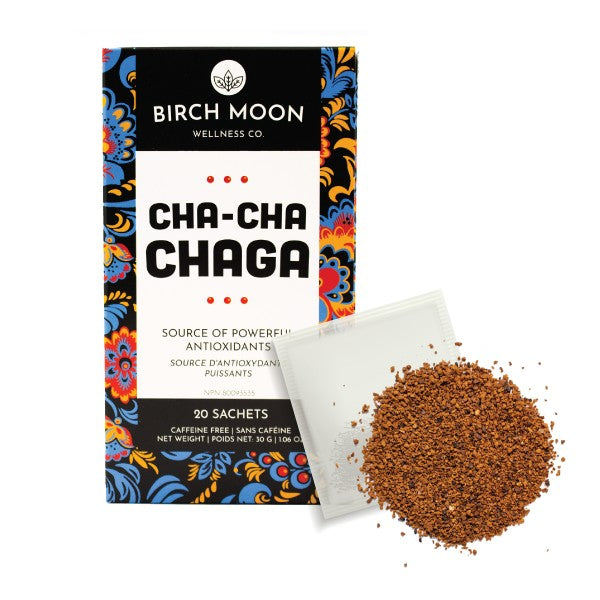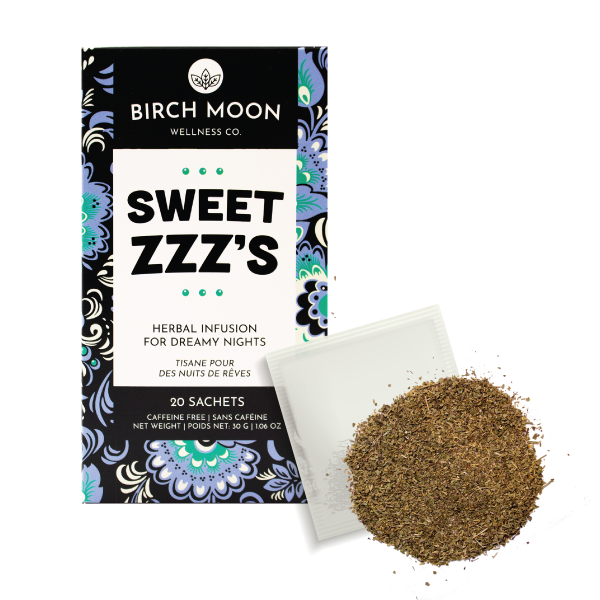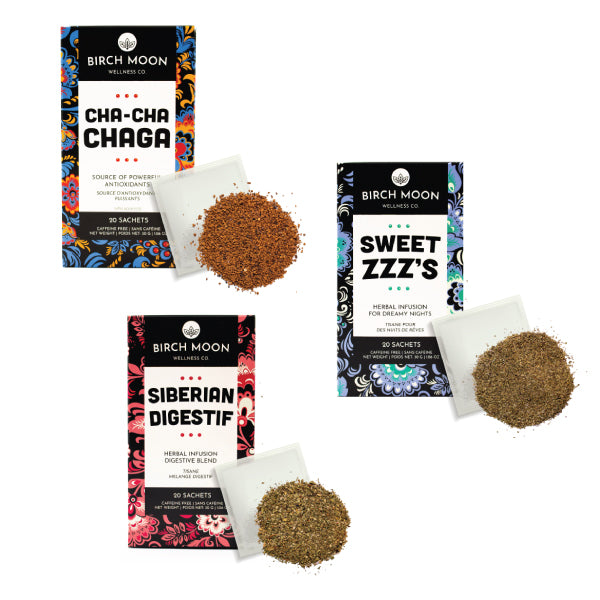The Mystical Chaga Mushroom: A Brief History
The Chaga mushroom, a medicinal marvel, has an ancient past rooted in the forests of the Northern Hemisphere. Indigenous communities, especially in Siberia, have revered it for centuries, brewing it into a potent tea that's believed to ward off diseases. Fast forward to today, and its popularity has surged globally. But why? A primary reason is the numerous health benefits associated with it. People around the world now seek out Chaga earth tea as a natural remedy to bolster their health.

Health Benefits of Chaga Earth Tea: Nature’s Powerhouse
What makes Chaga earth tea so sought-after? For starters, it's packed with antioxidants. These help combat free radicals in the body, which can cause cellular damage. Furthermore, many believe Chaga can boost the immune system, making it an excellent ally during flu season. Some studies also hint at its potential to slow down aging and reduce inflammation. It's no wonder that this mushroom has been termed the 'King of Mushrooms'. However, as with any natural remedy, it's essential to consult with a healthcare professional before incorporating it into your routine.
Where Does Chaga Grow? The Mushroom’s Natural Habitat
Venture into the cold forests of Russia, Korea, Northern Canada, or Alaska, and you might stumble upon the Chaga mushroom. It prefers birch trees and thrives in cold climates. This rough, charcoal-like fungus might not look appealing at first glance, but its inner orange layer is where all the magic happens. This is the part used to make Chaga earth tea. Interestingly, its growth is slow, taking several years to mature. This slow growth, combined with the harsh environment, is believed to contribute to its potent health properties.
Cultivating the King of Mushrooms: A Delicate Process
While Chaga mushrooms are found in the wild, cultivation is becoming increasingly popular due to rising demand. The cultivation process ensures a consistent quality, making it preferable for commercial Chaga earth tea production. However, mimicking its natural environment is crucial. This means providing the right temperature, moisture, and substrate, usually birch wood. Once cultivated, the mushrooms are harvested, dried, and ground into a powder, ready to be brewed into the healing Chaga earth tea that many have come to love.

A Deep Dive into Chaga Earth Tea Brewing
The Perfect Brew: From Chaga to Tea Brewing the perfect cup of Chaga earth tea is an art in itself. Start with coarsely ground Chaga mushroom powder. To extract the most nutrients, it's recommended to simmer, not boil, the Chaga in water for at least an hour. The result? A rich, earthy tea with a slight hint of vanilla. The longer it simmers, the more potent the flavor and benefits. Once done, strain the tea, and it's ready to be enjoyed. For those who like a touch of sweetness, adding honey or maple syrup can elevate the taste.
Storing Your Chaga: Maximizing Freshness Once you've got your hands on quality Chaga, it's essential to store it correctly. Keep it in a cool, dark place, preferably in an airtight container. This ensures that its nutrients remain intact and it's always ready for brewing. For those who've made a large batch of Chaga earth tea, consider refrigerating the leftover. It can be enjoyed cold or reheated, offering flexibility for tea enthusiasts.
Chaga in Today's World: A Global Phenomenon The modern world has embraced Chaga earth tea with open arms. From local health stores to e-commerce platforms, it's become easily accessible to everyone. Its rise in popularity isn't just because of its health benefits. The global community is becoming more health-conscious and turning towards natural remedies. Chaga earth tea fits perfectly into this narrative, offering a blend of history, health, and taste. Cafes and restaurants have also started incorporating it into their menus, either as a standalone tea or as part of a more complex beverage.
FAQs about Chaga Earth Tea
-
How often can I drink Chaga earth tea? While Chaga tea is natural, it's best to consume it in moderation. Most experts recommend one to two cups a day. Always consult with a healthcare professional if unsure.
-
Can I mix Chaga with other teas or herbs? Absolutely! Many people blend Chaga with other teas like green tea or herbs such as ginseng for added flavor and benefits.
-
Is Chaga earth tea safe for everyone? While Chaga is generally safe, some people might be allergic or sensitive. It's also essential to note that Chaga can interact with certain medications. Always seek medical advice before adding it to your diet.
-
Where can I buy quality Chaga for brewing? Look for reputable health stores or online platforms that source their Chaga sustainably and ethically.
Chaga earth tea is more than just a beverage. It's a blend of history, nature, and health that has stood the test of time. Whether you're drinking it for its benefits, taste, or both, it promises a unique experience. One that takes you on a journey from the cold forests of Siberia to the comfort of your home.

The Global Spread: Where Chaga Grows
From Siberia to the World Chaga mushrooms primarily grow in the cold climates of Siberia, Northern Canada, Alaska, and some northern areas of the continental United States. These regions offer the ideal conditions for Chaga to thrive. The mushrooms prefer birch trees, especially those that are older and somewhat damaged. The reason? Birch trees provide the nutrients Chaga needs, and a damaged tree allows the mushroom to anchor itself firmly.
A Sustainable Harvest: Ethical Chaga Collection Sustainability is crucial when harvesting Chaga. Given its growing popularity, there's a risk of overharvesting, which can impact the natural ecosystem. Ethical harvesters only take a portion of the mushroom, ensuring the remainder can continue to grow and reproduce. This not only preserves the Chaga population but also ensures a steady supply for future generations. If you're purchasing Chaga, it's essential to choose suppliers who follow these ethical practices.
Chaga's Cultivation: Beyond Wild Harvesting While wild Chaga is the most sought-after, cultivation efforts are on the rise. Growing Chaga in controlled environments allows for consistent quality and reduces the strain on wild populations. These cultivated Chaga mushrooms are grown on birch trees, mimicking their natural habitat. As cultivation techniques improve, it's expected that farmed Chaga will play a more significant role in meeting global demand.
FAQs about Chaga's Growth and Cultivation
-
Why is wild Chaga considered superior? Wild Chaga grows slowly, absorbing nutrients over years. This long growth period enriches it with more beneficial compounds compared to cultivated versions.
-
Can I grow Chaga in my backyard? Unless you live in a cold climate and have birch trees, it's challenging to grow Chaga at home. It requires specific conditions to flourish.
-
How can I ensure I'm buying sustainably harvested Chaga? Research the supplier. Ethical suppliers often have certifications and provide information about their harvesting practices.
In wrapping up, Chaga's global appeal is undeniable. Its growth in the cold forests of the world and the conscious efforts to harvest and cultivate it sustainably ensure that Chaga earth tea remains a cherished beverage for years to come.
Discover the Magic of Cha-Cha Chaga Tea
If you're intrigued by the wonders of Chaga and are eager to experience its benefits firsthand, look no further. We recommend the "Cha-Cha Chaga Tea – Chaga Mushroom Tea" by Birch Moon Wellness Co. This meticulously crafted tea blend offers a delightful taste while ensuring you reap all the health benefits Chaga has to offer. Sourced responsibly and prepared with utmost care, every sip promises a journey into the heart of nature's goodness. Dive into this earthy elixir and let your senses dance with every cup. Ready to embark on a healthful adventure?





